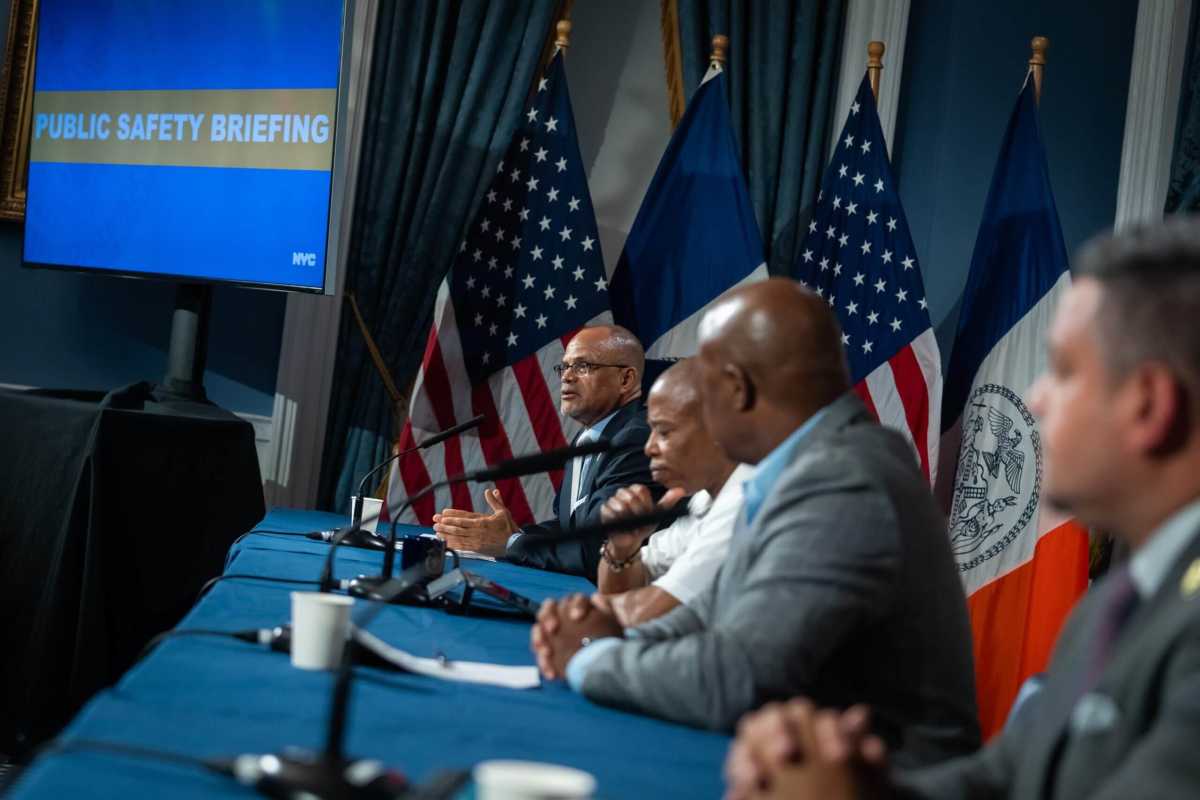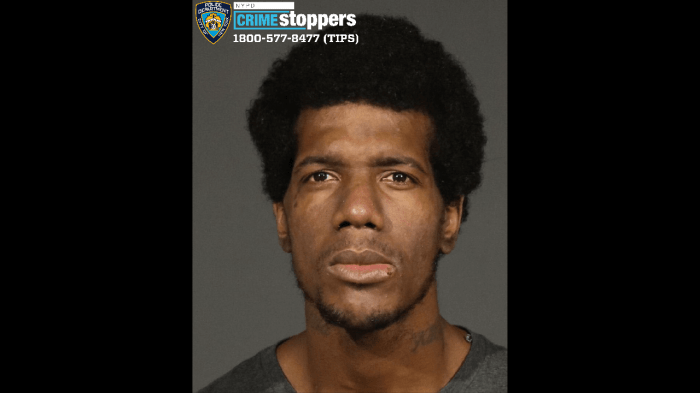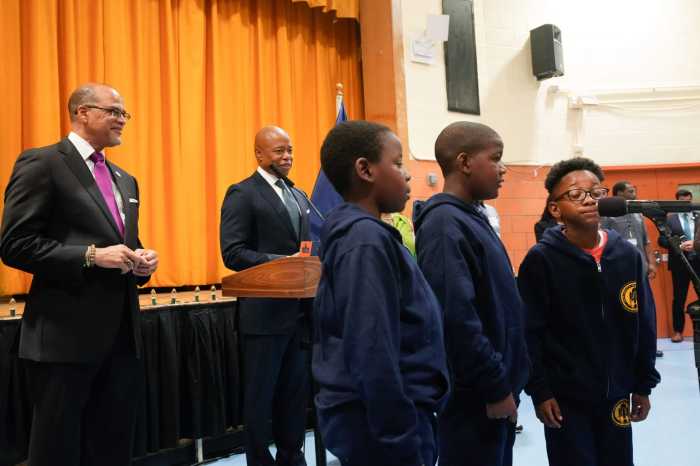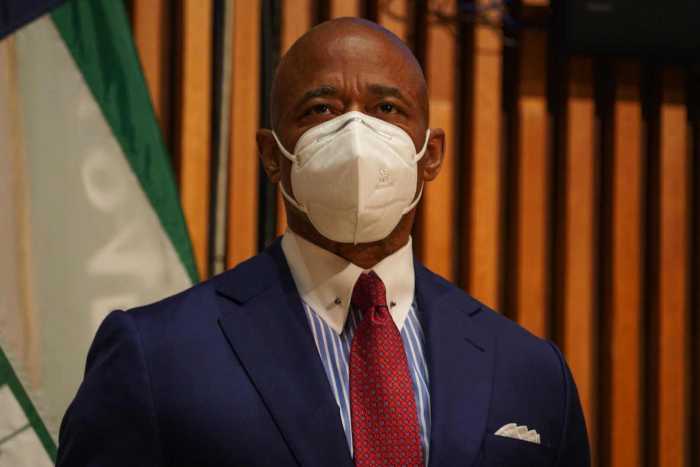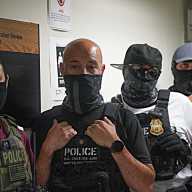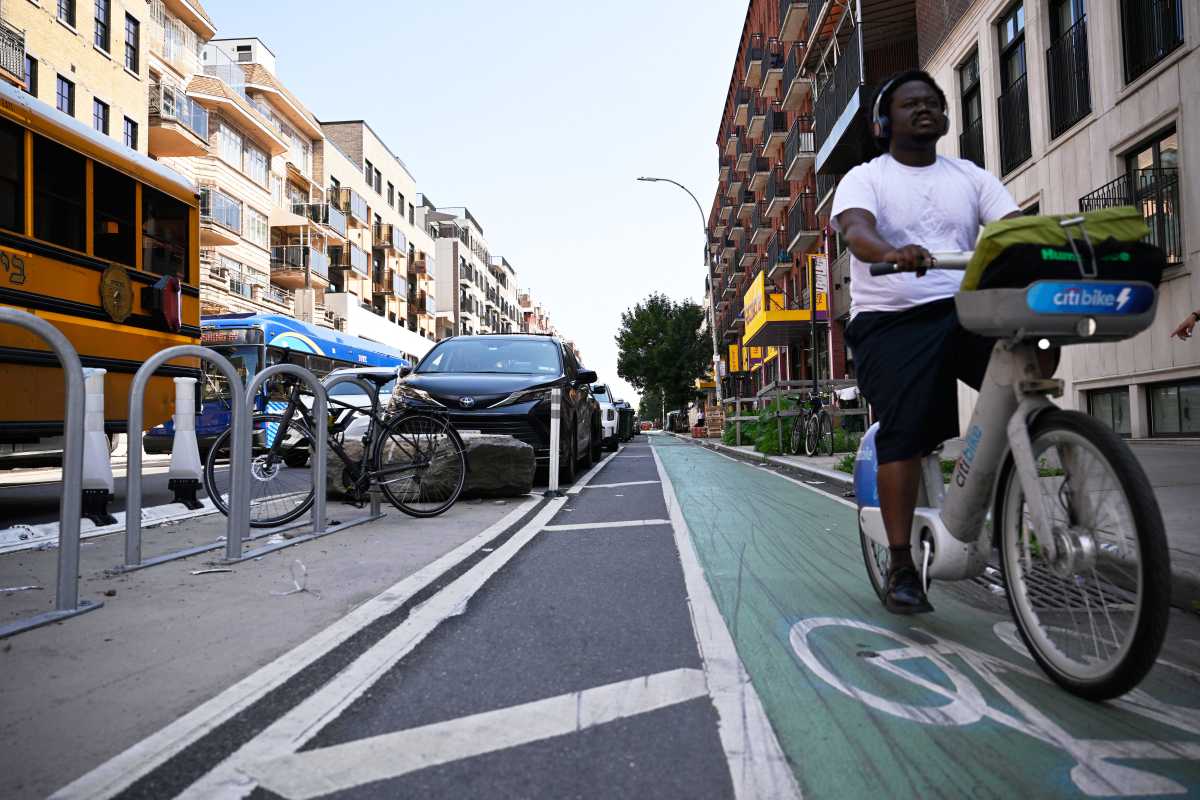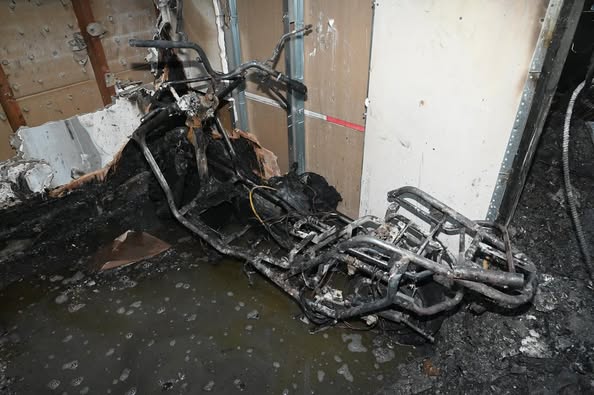Mayor Eric Adams and Schools Chancellor David Banks made several announcements on Friday, Sept. 1 about school safety ahead of the 2023-24 school year, which starts on Thursday.
The updates included progress on the front door locking system for all public schools, the expansion of Project Pivot, school safety agents, as well as the creation of a command center for the city’s school safety division and a new tip line for sharing information about schools.
Adams said at the public safety update, which is regularly held by Deputy Mayor for Public Safety Philip Banks, that the city has been working on strengthening relations between NYPD and the Department of Education.
Both Schools Chancellor Banks and former police commissioner Keechant Sewell oversaw regular meetings between police commanders, principals, and superintendents, according to Adams.
“That developed an amazing relationship, and it’s not lost on me that we have not had one shooting on school property or inside a school building,” Adams said at the briefing. “I think it has a lot to do with that collaboration.”
Front door locking system
All public elementary schools across New York City will have front door locking systems by this coming spring. Afterward, middle and high schools are scheduled to receive the same security system. There are 744 elementary schools included in the first phase.
“We certainly want to start with our youngest children first,” Banks said. “We have a number of schools we’ve already put in place, but by the spring, we’ll have completed the work for every elementary school in the city.”
Banks shared details on how visitors will use the system, including the buzzer that will be available at the front doors. School safety agents will be able to view the visitor through a camera and communicate with them. Visitors must present identification and share the reason for the visit before gaining entry to the school.
“We’ve made a multimillion-dollar level of investment in our door-locking system,” Banks said. “We will be locking the front door of the schools after the students are already in the school. It’s not meant to keep parents away; it’s a door-locking system, and it’s a camera system.”
Project Pivot
Project Pivot, a city program that builds relationships between community-based organizations (CBOs) and young people, is expanding from last year’s 144 schools to 250 schools this year. The program will continue its work in schools with the highest need and where the city has seen the greatest uptick in violence, according to Schools Chancellor Banks.
“Last year, we were disturbed to see the uptick in the amount of weapons that have been brought to our schools,” Banks said. “Where we have seen the highest rates of those incidents, there will be a beefed-up presence.”
Banks described the work that the CBOs doing as a wide range “from tutoring to taking kids on trips, to providing safe passage to and from schools.” The schools chancellor called upon parents and families to be more present in their communities because “their presence alone is a deterrence for nonsense,” Banks said.
“We need our community to be actively involved and engaged,” Banks said. “We’ve gotten community-based organization members who grew up in these communities. They know the communities, the folks in the community, to be involved.”
Banks said that some youth who brought weapons to schools had expressed the need to do so to defend themselves as they commute to school.
“Kids were not bringing these weapons to school to do damage to their classmates,” Banks said. “We don’t want kids to have to bring weapons at all. We want them to feel safe at all times.”
School safety agents
There are currently around 4,100 school safety agents across New York City public schools, according to Schools Chancellor Banks. Before the pandemic, there were 5,063 school safety agents. The administration has increased the school safety agent workforce by 50% since the course of the pandemic.
Banks said at the briefing that Police Commissioner Edward Caban, who was named the city’s 47th commissioner in July, and himself speak on a regular basis. The NYPD recently hosted the DOE’s senior leadership team at the NYPD’s academy training center. There, the DOE met with the future school safety agents and gained ideas to implement across public schools.
“It has served as an inspiration for me to create a similar type of facility in New York City public schools,” Banks said. “We do not have one particular facility where we train all of our teachers and our paras and all of our school aides and all our workers.”
Another 250 school safety agents are expected to graduate into the next class this October.
“They are our everyday heroes doing the important work in the schoolyards, in the corners,” Caban said. “They are building trust, cultivating relationships, and easing tensions before things escalate.”
Tip line and school safety division command center
The NYPD is currently working on creating a tip line that will allow people to share information about schools and students that the police should be aware of. The tip line will be up and running this fall, according to Police Commissioner Caban.
Caban also announced the launch of a command center for the NYPD school safety division in the coming months. The command center will act as an information hub that coordinates all the resources dedicated to the safety of all schools.
There will also be increased focus to dangerous areas where students travel to and from schools, including having a “strong presence” of patrol officers, youth coordination officers, school safety agents, and crossing guards at congregation points and across the transit system where youth tend to hang out.
“We share information about corridors that have historically presented challenges, and we’ll be out there to ensure that there are no issues,” Caban said at the briefing. “We have a big and dedicated team looking out for our kids.”



